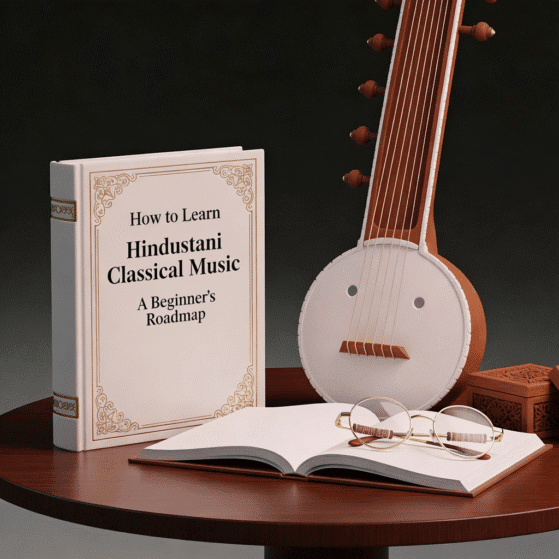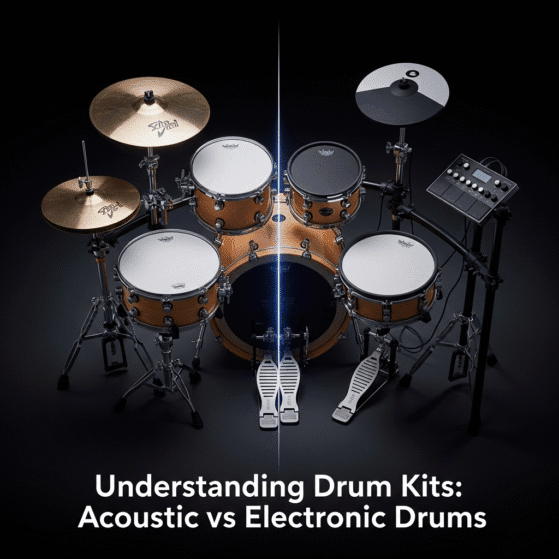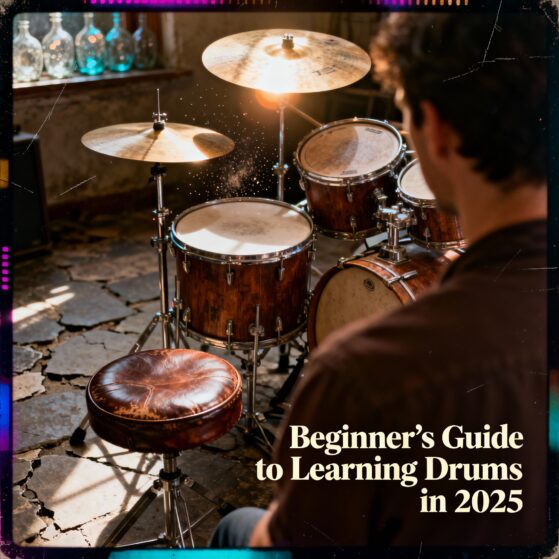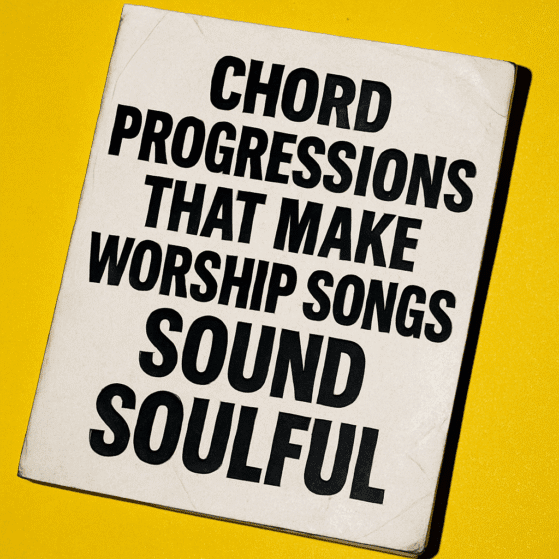Mastering Syncopation on Piano | Transforming Rhythmic Skills
Rhythmic complexity can be both thrilling and daunting, especially when it comes to mastering syncopation and navigating intricate time signatures on the piano. Whether you’re an aspiring pianist looking to enhance your rhythmic prowess or a seasoned player aiming to add new dimensions to your music, understanding and conquering these elements can elevate your playing to new heights. In this blog, we’ll delve into the art of mastering syncopation and time signatures, offering practical tips and insights to help you conquer even the most challenging rhythms.

Understanding Syncopation
Syncopation is the displacement of the regular rhythmic accent, which creates an offbeat or unexpected emphasis. Instead of following the predictable strong and weak beats of a measure, syncopation emphasizes beats or parts of beats that are typically not accented. This creates a sense of surprise and rhythmic tension, which can make music more engaging and dynamic.
1. The Basics of Syncopation
To start mastering syncopation on the piano, it’s essential to grasp the basic concepts:
- Regular Rhythm vs. Syncopation: A regular rhythm might emphasize beats 1 and 3 in a 4/4 measure, whereas syncopation might shift the emphasis to the “and” of beat 1 or the “and” of beat 2.
- Accented Notes: In syncopated rhythms, notes are played on weaker beats or between beats, creating an offbeat feel. Practice clapping or tapping these rhythms before applying them to the piano.

2. Exercises to Practice Syncopation
- Clapping Exercises: Start by clapping syncopated rhythms. Use simple patterns like eighth notes on the offbeats or dotted rhythms to get comfortable with the feel.
- Rhythmic Patterns: Practice syncopated patterns using scales or arpeggios. For instance, play a scale where the notes are emphasized on offbeats or between beats.
- Simple Pieces: Play simple piano pieces that incorporate syncopation. Classical and jazz pieces often have syncopated rhythms that can help you get used to the feel.
Mastering Time Signatures
Time signatures dictate how many beats are in each measure and which note value (usually a quarter note or eighth note) gets the beat. While 4/4 is the most common time signature, there are many others that can add complexity and interest to your music.

1. Common and Uncommon Time Signatures
- 4/4 Time: The most common time signature, where each measure contains four beats and the quarter note gets one beat. Many pop, rock, and classical pieces use 4/4.
- 3/4 Time: Known as waltz time, with three beats per measure. It’s often used in classical, folk, and some jazz music.
- 6/8 Time: Each measure contains six beats, with the eighth note getting one beat. It creates a flowing, compound feel and is common in folk and classical music.
- 7/8 and 5/4 Time: These less common time signatures can add an unusual rhythmic feel to your music. 7/8 has seven beats per measure, and 5/4 has five beats per measure. They are often used in progressive rock, jazz, and experimental music.

2. Exercises to Practice Time Signatures
- Counting Out Loud: Practice counting different time signatures out loud while tapping the beats. This helps internalize the rhythmic structure of each signature.
- Playing Simple Patterns: Start with simple rhythmic patterns in each time signature. For example, play a series of quarter notes and eighth notes in 3/4 and then in 6/8.
- Translating Patterns: Once comfortable, try translating these patterns into more complex pieces or improvisations on the piano.

Combining Syncopation and Time Signatures
To truly master syncopation on the piano, it’s crucial to combine your understanding of syncopation with various time signatures. Here’s how you can practice this combination:
Create Syncopated Patterns in Different Time Signatures: Experiment by creating syncopated rhythmic patterns in both simple and complex time signatures. For instance, try a syncopated melody in 5/4 time or a syncopated accompaniment in 6/8 time.

Play Along with Music: Use backing tracks or play along with songs that feature syncopation and various time signatures. This will help you apply what you’ve learned in a musical context and improve your timing and rhythmic accuracy.
Compose Your Own Pieces: Write short compositions or improvisations that incorporate syncopation and use unconventional time signatures. This exercise not only helps reinforce your skills but also allows you to explore your creative ideas.

Conclusion
Mastering syncopation and complex time signatures on the piano is a rewarding journey that enhances your rhythmic skills and musicality. By understanding the basics, practicing with purpose, and incorporating these concepts into your playing, you’ll conquer complicated rhythms and add a new dimension to your piano performance. Embrace the challenge and explore the creative possibilities that mastering these rhythms offers. For expert guidance and to elevate your skills even further, join The Mystic Keys, where our tailored lessons and resources will help you achieve your musical goals. Happy playing!
For more information and exciting resources on learning music, visit
The Mystic Keys. Follow us on Facebook, Instagram, YouTube, LinkedIn, Twitter,
Pinterest, Reddit, Threads and
Quora for engaging music content and special updates.Let’s explore the journey to musical excellence together!








